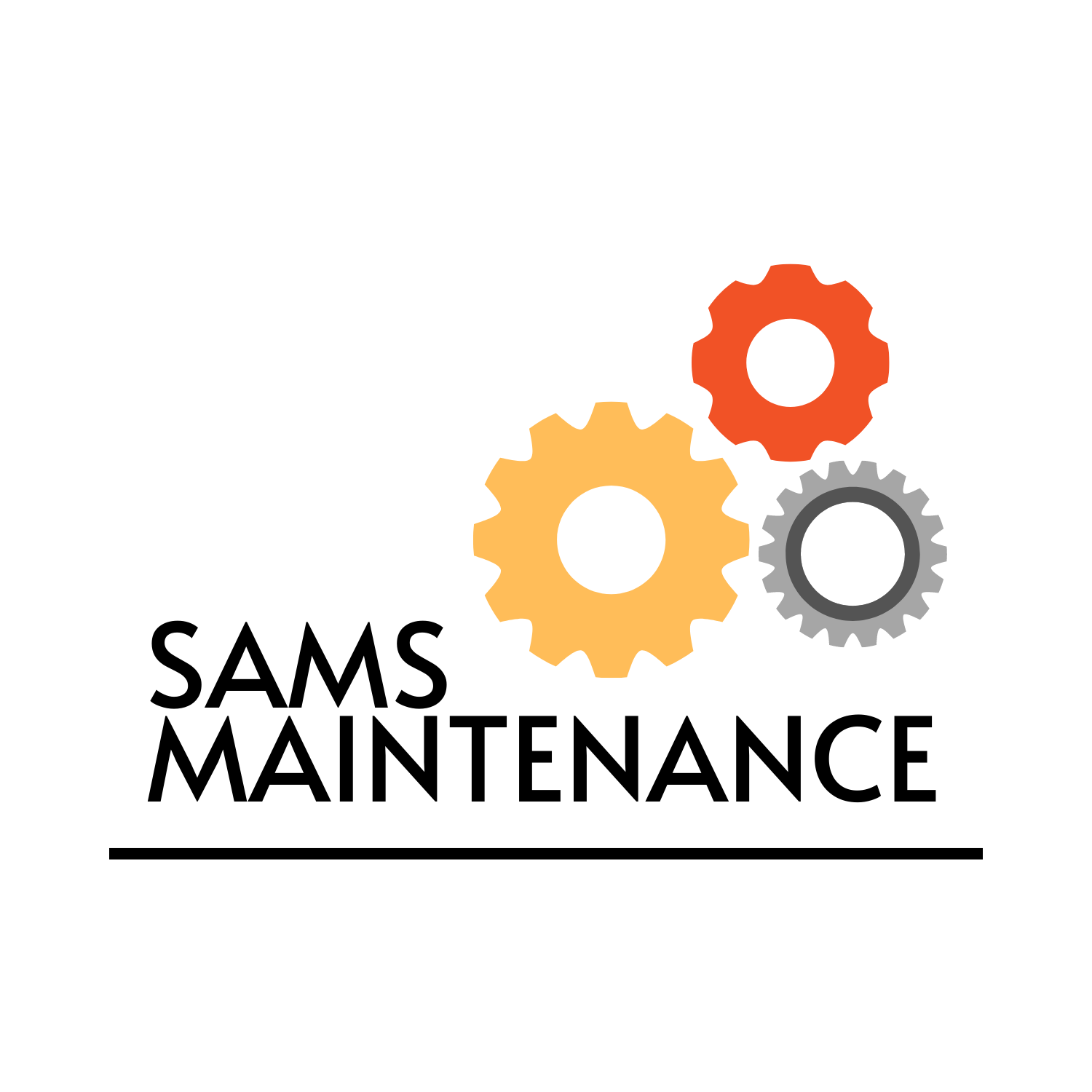As a homeowner, managing your time effectively between work, family, and personal responsibilities can be overwhelming, making it challenging to maintain a clean and well-maintained home. Developing a comprehensive home upkeep schedule is crucial for ensuring your property remains safe, efficient, and beautiful over time. By prioritizing routine maintenance tasks, you can prevent costly repairs, reduce stress, and enjoy a healthier living environment. In this guide, we’ll explore the importance of regular home upkeep, provide tips for creating a personalized cleaning schedule, and offer valuable insights into annual maintenance tasks, budgeting, and resourceful tools to help you stay on top of your home’s needs.

Routine Maintenance on a House
Routine maintenance involves regularly scheduled tasks to maintain a property’s overall appearance and functionality.
- Mowing the lawn
- Sweeping hallways
- Cleaning gutters
- Inspecting roof leaks
- Trimming tree branches
- Power washing decks and patios
- Sealing cracks in walls and floors
- Replacing air filters
- Checking smoke detector batteries
- Draining and winterizing hoses
These simple, recurring activities are crucial for curb appeal, safety, and extending the lifespan of your assets.
Seasonal Upkeep
As a homeowner, it’s essential to perform seasonal upkeep tasks to ensure your property remains well-maintained and safe.
- Spring:
- Clean out gutters and downspouts
- Inspect and repair roof leaks
- Trim tree branches
- Aerate lawns
- Summer:
- Check and replace air conditioner filters
- Inspect and clean outdoor furniture
- Water plants and gardens
- Check for signs of pest infestations
- Fall:
- Clean leaves from gutters and downspouts
- Inspect and repair roof leaks
- Trim tree branches
- Prepare lawns for winter
- Winter:
- Drain and winterize hoses
- Insulate exposed pipes
- Check and replace furnace filters
- Prevent ice dams from forming on roofs
DIY Repairs and Preventative Maintenance
Regular DIY repairs and preventative maintenance can save you money and extend the lifespan of your property.
- Fix leaky faucets
- Replace worn-out door handles
- Repair torn screens
- Seal gaps around windows and doors
- Check and replace smoke detector batteries
- Inspect and repair roof leaks
- Drain and winterize hoses
Importance of Regular Maintenance
Regular maintenance is crucial for maintaining a property’s overall appearance and functionality.
By performing routine maintenance tasks, you can:
- Extend the lifespan of your property
- Save money on costly repairs
- Improve curb appeal
- Ensure safety and security
- Increase property value
At Sam’s Maintenance, we understand the importance of regular maintenance and offer expert advice and guidance to help you keep your property in excellent condition.
Creating a Home Maintenance Schedule
As a homeowner, staying on top of home maintenance can seem daunting, but having a schedule in place can make it manageable and prevent costly repairs down the line.
-
Seasonal Tasks
- Spring: Clean gutters, inspect roof for damage, power wash decks and patios
- Summer: Check air conditioning filters, inspect windows for proper sealing, trim trees and shrubs
- Fall: Inspect chimney, clean dryer vents, prepare plumbing for freezing temperatures
- Winter: Insulate pipes, check for drafts around doors and windows, shovel snow safely
-
Monthly Tasks
- Clean out refrigerator coils, check smoke detector batteries, inspect for pest infestations
- Check water pressure, inspect dishwasher drain, vacuum refrigerator condenser coils
- Inspect for signs of mold and mildew, check for loose screws and nails, lubricate door hinges
- Check for worn-out caulk and weatherstripping, inspect for damaged or missing shingles
-
Quarterly Tasks
- Deep clean carpets and upholstery, inspect for signs of rodent infestation, check for proper functioning of garage door opener
- Inspect for signs of termite damage, check for proper functioning of sump pump, inspect for signs of foundation issues
- Check for worn-out door seals, inspect for signs of water damage, inspect for proper functioning of ceiling fans
- Check for worn-out window screens, inspect for signs of pest infestation, inspect for proper functioning of thermostat
-
Bi-Annual Tasks
- Inspect for signs of roof damage, inspect for signs of gutter damage, inspect for signs of siding damage
- Check for worn-out caulk and weatherstripping, inspect for signs of water damage, inspect for signs of pest infestation
- Inspect for signs of electrical issues, inspect for signs of plumbing issues, inspect for signs of HVAC issues
- Check for worn-out door handles, inspect for signs of damage to walls and ceilings, inspect for signs of pest infestation
-
Annual Tasks
- Inspect for signs of roof damage, inspect for signs of gutter damage, inspect for signs of siding damage
- Check for worn-out caulk and weatherstripping, inspect for signs of water damage, inspect for signs of pest infestation
- Inspect for signs of electrical issues, inspect for signs of plumbing issues, inspect for signs of HVAC issues
- Check for worn-out door handles, inspect for signs of damage to walls and ceilings, inspect for signs of pest infestation
By following this home maintenance schedule, you’ll be able to stay on top of tasks and prevent costly repairs down the line.

What Maintenance Does a House Need Every Year?
As a homeowner, it’s essential to stay on top of regular maintenance tasks to keep your home safe, efficient, and looking its best.
-
Exterior Maintenance
- Inspect and repair damaged or loose siding to prevent water damage and pest infestations.
- Have your home inspected for termites and other pests that can cause significant damage.
- Check the condition of your roof, gutters, and downspouts to ensure proper water drainage.
- Clean and inspect your HVAC units to ensure they’re running efficiently and effectively.
-
Interior Maintenance
- Check the insulation and moisture barrier in your basement or crawlspace to prevent mold and mildew growth.
- Inspect and clean your plumbing fixtures, appliances, and drains to prevent clogs and leaks.
- Test your smoke and carbon monoxide detectors to ensure they’re working properly.
- Check your electrical systems, including outlets, switches, and circuit breakers, to ensure they’re functioning correctly.
-
Seasonal Tasks
- In the spring, inspect and clean your windows, doors, and screens to let in fresh air and sunlight.
- In the summer, check your AC unit and replace the air filter to ensure optimal performance.
- In the fall, clean your gutters and downspouts to prevent ice dams and water damage.
- In the winter, inspect and repair any drafts or gaps in your windows, doors, and walls to keep warm air in and cold air out.
By staying on top of these annual maintenance tasks, you’ll be able to identify and address potential issues before they become major problems, saving you time, money, and stress in the long run.
At Sams Maintenance , we offer a range of services to help you keep your home in top condition, from routine inspections and repairs to seasonal cleaning and maintenance.
Don’t wait until it’s too late – schedule your annual maintenance today and give yourself peace of mind knowing your home is safe and secure.

The 1 Rule for Home Maintenance
As a homeowner, it’s essential to set aside funds for home maintenance to prevent costly repairs down the line.
- According to experts, the 1 rule for home maintenance is to allocate 1% of the total purchase price of your home annually for repairs and replacements.
- This translates to saving $2,500 annually for a $250,000 home, which works out to approximately $209 per month.
- Keep in mind that this is a rough estimate and doesn’t account for labor costs, materials, or other factors that may impact your home’s maintenance needs.
- For instance, if you live in an area prone to extreme weather conditions, you may need to factor in additional expenses for storm damage or roof replacements.
- Additionally, regular maintenance tasks like changing air filters, inspecting gutters, and scheduling HVAC tune-ups can help extend the lifespan of your home’s systems and reduce the likelihood of costly breakdowns.
- By prioritizing home maintenance, you’ll be better equipped to handle unexpected expenses and keep your home in excellent condition.
- At Sam’s Maintenance, we recommend setting aside a dedicated fund for home maintenance to ensure you’re prepared for any situation that may arise.
- Our team of experts is always available to provide guidance and support to help you navigate the world of home maintenance.
- Whether you’re a seasoned homeowner or just starting out, our resources and expertise will empower you to take control of your home’s maintenance needs and enjoy peace of mind knowing you’re protected.
-
Visit our website at Sam’s Maintenance to learn more about our services and how we can help you achieve your home maintenance goals.
-
We also recommend checking out other reputable sources, such as HomeAdvisor and The Home Depot , for valuable insights and advice on home maintenance and repair.
- Remember, a well-maintained home is a happy home – and with the right tools and knowledge, you’ll be well on your way to achieving your dream of homeownership.
The Maintenance Golden Rule
At Sams Maintenance, we believe that effective maintenance is crucial for extending the lifespan of your assets and minimizing downtime.
- We recommend following the 6:1 preventive maintenance golden rule, which states that for every six preventive maintenance (PM) measures completed, one corrective maintenance (CM) measure should be performed.
- This approach helps to identify potential issues before they become major problems, reducing the need for costly repairs and ensuring that your assets continue to operate efficiently.
- By prioritizing preventive maintenance, you can reduce the risk of equipment failure, lower energy consumption, and extend the lifespan of your assets.
In addition to the 6:1 rule, we also recommend implementing a regular maintenance schedule that includes tasks such as:
- Regular inspections to identify potential issues before they become major problems
- Scheduled maintenance tasks, such as oil changes and filter replacements
- Corrective maintenance tasks, such as repairing or replacing damaged components
By following these guidelines and staying on top of your maintenance needs, you can ensure that your assets continue to operate safely and efficiently, reducing downtime and minimizing costs.
Maintaining a Balance between Preventive and Corrective Maintenance
While preventive maintenance is essential for preventing equipment failure and reducing downtime, it’s equally important to strike a balance between PM and CM activities.
- Avoid over-maintenance, which can lead to unnecessary expenses and waste resources
- Avoid under-maintenance, which can result in equipment failure and increased downtime
- Monitor your asset’s performance and adjust your maintenance schedule accordingly
Best Practices for Implementing the 6:1 Rule
To get the most out of the 6:1 rule, follow these best practices:
- Develop a comprehensive maintenance plan that outlines PM and CM tasks
- Assign responsibilities and set deadlines for completing maintenance tasks
- Track and analyze maintenance data to identify areas for improvement
By following these guidelines and staying committed to the 6:1 rule, you can ensure that your assets continue to operate safely and efficiently, reducing downtime and minimizing costs.

Budgeting for House Upkeep
As a homeowner, it’s essential to set aside funds for regular maintenance and repairs to prevent costly surprises down the road.
-
Consider allocating 1 to 2% of your home’s purchase price annually for routine maintenance projects, such as:
- Roofing repairs
- Sewer updates
- New appliance installations
- If 2% seems too steep, start with a smaller percentage and gradually increase it over time.
- Keep track of your expenses and adjust your budget accordingly to ensure you’re prepared for unexpected costs.
- Regular maintenance can save you money in the long run by preventing minor issues from becoming major problems.
- Set aside a separate fund for emergency repairs, such as burst pipes or electrical issues.
Remember, a well-maintained home is a safe and comfortable living space, and investing in its upkeep is crucial for long-term savings and peace of mind.
Additional Tips
Consider the following factors when determining your budget:
- Your home’s age and condition
- The local climate and weather patterns
- The type of materials used in construction
- Your personal financial situation and goals
By taking these factors into account and setting a realistic budget, you’ll be better equipped to handle the challenges of homeownership and enjoy a stress-free living environment.
Conclusion
A well-planned budget for house upkeep is essential for maintaining a safe, comfortable, and financially stable living space.
By allocating a portion of your income towards regular maintenance and repairs, you’ll be able to prevent costly surprises and enjoy long-term savings and peace of mind.

0 Comments